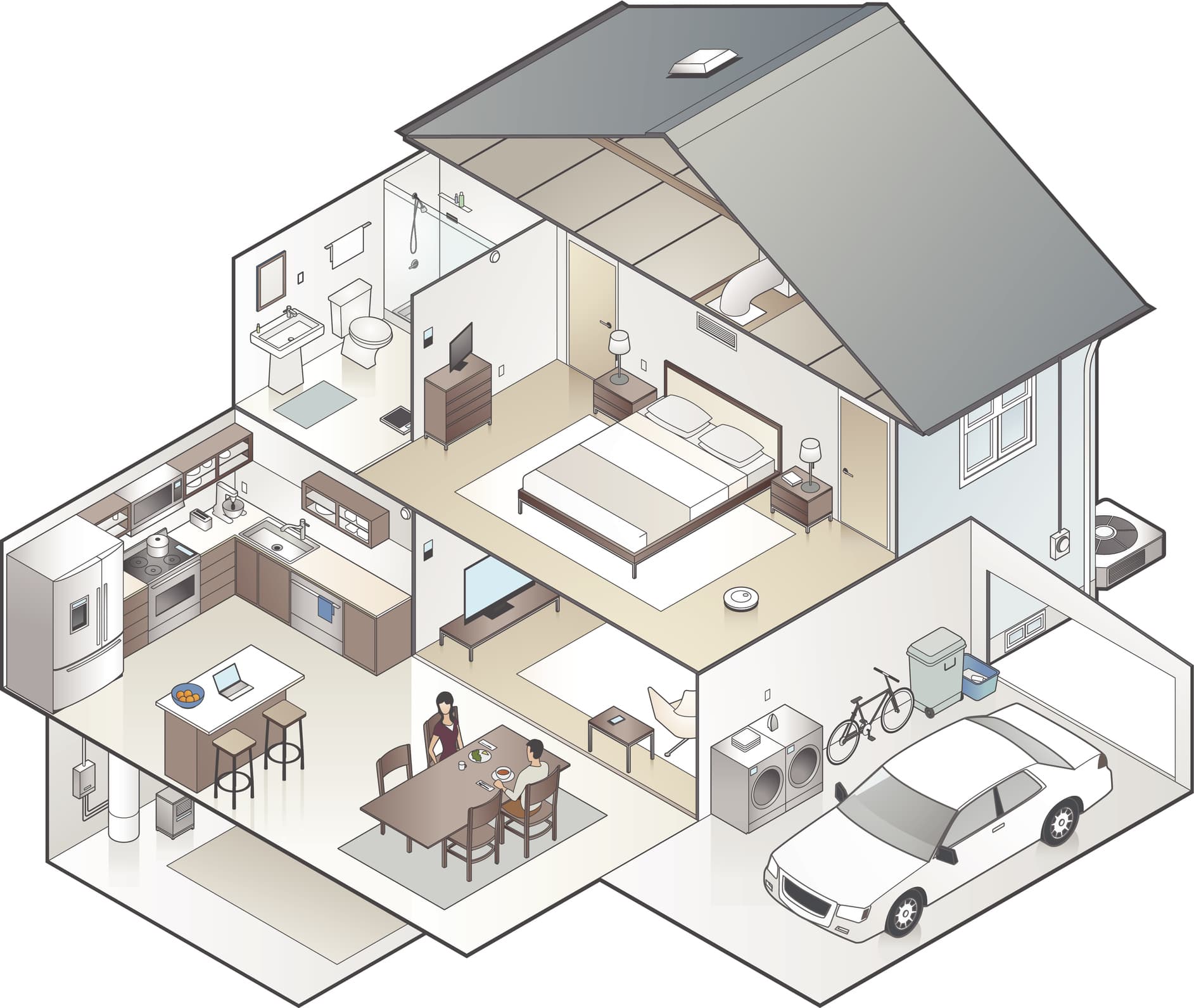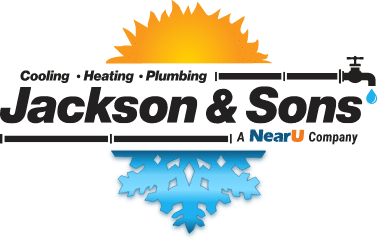
Effective heat distribution is critical to consistent comfort throughout your house, optimum energy efficiency, and furnace service life. When heat isn’t distributed evenly, some rooms are inevitably too hot, while others are chronically chilly. Additionally, if insufficient heat reaches the thermostat location in the house, a furnace may run overly long cycles to compensate, boosting energy consumption and heating costs. Excessive heat at the thermostat, conversely, may cause short-cycling, increasing furnace wear and tear.
Because multiple factors may interfere with effective heat distribution, diagnosis and repair is a job for a qualified HVAC service technician. Here are some of the potential issues:
- Clogged air filter. A dirty HVAC air filter inhibits overall system airflow. This means only rooms located closest to the air handler and blower may receive an adequate volume of heat. Meanwhile, rooms farther away may be heat-deprived. Ask your HVAC contractor about regular filter replacement with the correct type and rating for maximum heat circulation.
- Closed or obstructed vents. Closing air vents in individual rooms not only stops proper heat distribution into that room, it may disrupt the balance of heated airflow throughout the entire system. Make sure all supply and return vents remain open at all times and are not obstructed by objects like furniture or drapes.
- Disconnected or leaky ducts. Disconnected duct segments or excessive leakage at joints spills conditioned air into zones like the crawl space or attic. This loss of air volume impairs heating and cooling distribution, and temperature control becomes inconsistent. A trained HVAC technician can perform a duct evaluation to determine the extent of the leakage, then suggest options for sealing ductwork to restore proper circulation.
- Internal duct issues. Adjustable dampers inside ductwork control airflow into individual rooms. If these small internal doors loosen and gradually close, warm airflow into affected rooms will be reduced. Due to their internal location, duct dampers are not accessible to the average homeowner and must be checked and adjusted by an experienced service technician.
For professional service to restore effective heat distribution and improve comfort and efficiency in your home, contact Jackson & Sons.

